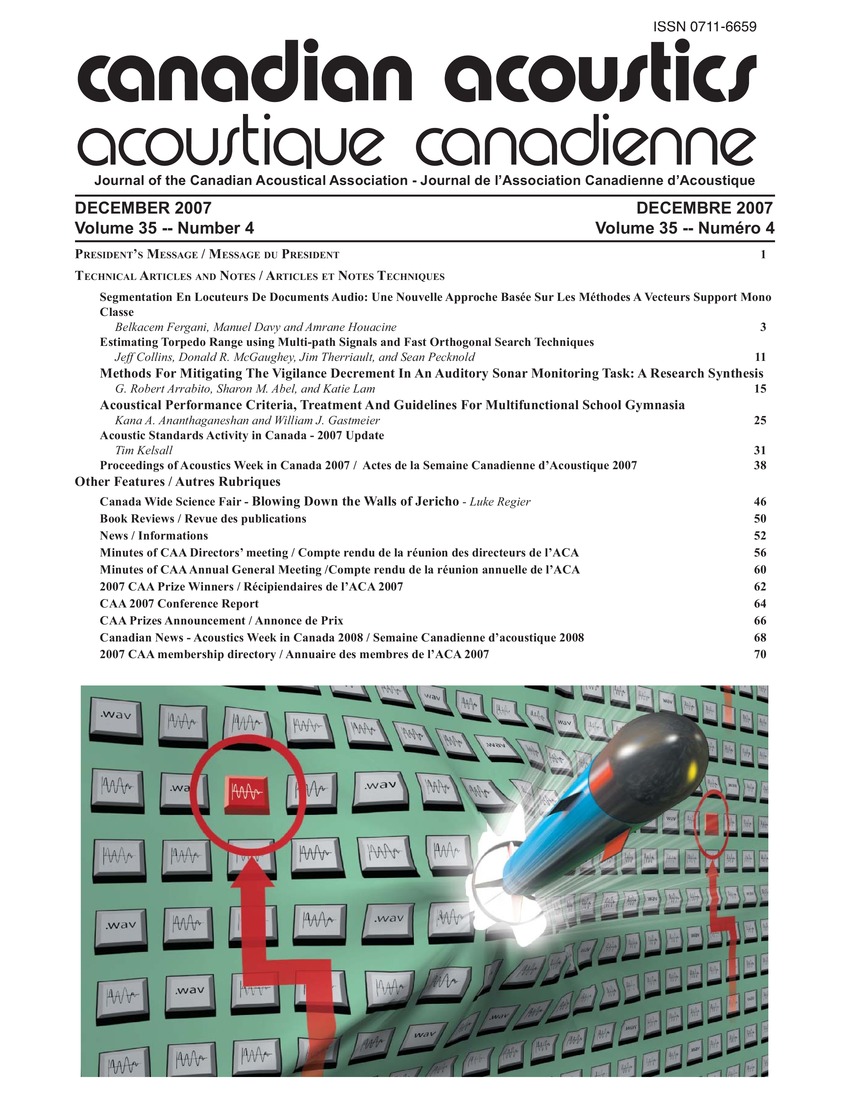Vikrutha Panchama scales in carnatic music (containing both perfect fourth and diminished fifth)
Mots-clés :
Codes (symbols), Computer music, Musical instruments, Derived scales, Fundamental melody scale, Western classical musicRésumé
The Carnatic classical music system which is prevalent in South India uses 12 semitones within an octave, as in Western classical music. There are seven syllables in the solfa system named S, R, G, M, P, D, and N (pronounced Sa, Ri, Ga, Ma, Pa, Da, and Ni, respectively). The first note S, and the perfect fifth P, are fixed in frequency in a melody scale according to convention. In any fundamental melody scale (parent raga), either the perfect fourth M1 or the augmented fourth M2 will be present exclusively. The second, third, sixth and the seventh notes can have three variations, some of which overlap as follows: R1 (minor second), R2 = G2 (major second), R3 = G2 (minor third), G3 (major third), D1 (minor sixth), D2 = N1 (major sixth), D3 = N2 (minor seventh), N3 (major seventh). With the above notation and using each solfa symbol S, R, G, M, P, D, N only once in the ascending order, traditionally 72 fundamental melody scales have been formed. Each one of them can have many derived scales excluding some notes, or using the notes in a convoluted fashion. This paper presents 36 new fundamental melody scales for the first time, by using both perfect fourth (M1) and the augmented fourth (M2) in the same fundamental melody scale. Since the augmented fourth (M2) is also the diminished fifth, the perfect fifth is discarded and the unused solfa syllable P is attached to the diminished fifth. By varying the solfa syllables R, G, D, N as before will give 36 new fundamental melody scales. This will bring the total fundamental melody scales to 108.Fichiers supplémentaires
Publié-e
Comment citer
Numéro
Rubrique
Licence
Author Licensing Addendum
This Licensing Addendum ("Addendum") is entered into between the undersigned Author(s) and Canadian Acoustics journal published by the Canadian Acoustical Association (hereinafter referred to as the "Publisher"). The Author(s) and the Publisher agree as follows:
-
Retained Rights: The Author(s) retain(s) the following rights:
- The right to reproduce, distribute, and publicly display the Work on the Author's personal website or the website of the Author's institution.
- The right to use the Work in the Author's teaching activities and presentations.
- The right to include the Work in a compilation for the Author's personal use, not for sale.
-
Grant of License: The Author(s) grant(s) to the Publisher a worldwide exclusive license to publish, reproduce, distribute, and display the Work in Canadian Acoustics and any other formats and media deemed appropriate by the Publisher.
-
Attribution: The Publisher agrees to include proper attribution to the Author(s) in all publications and reproductions of the Work.
-
No Conflict: This Addendum is intended to be in harmony with, and not in conflict with, the terms and conditions of the original agreement entered into between the Author(s) and the Publisher.
-
Copyright Clause: Copyright on articles is held by the Author(s). The corresponding Author has the right to grant on behalf of all Authors and does grant on behalf of all Authors, a worldwide exclusive license to the Publisher and its licensees in perpetuity, in all forms, formats, and media (whether known now or created in the future), including but not limited to the rights to publish, reproduce, distribute, display, store, translate, create adaptations, reprints, include within collections, and create summaries, extracts, and/or abstracts of the Contribution.


